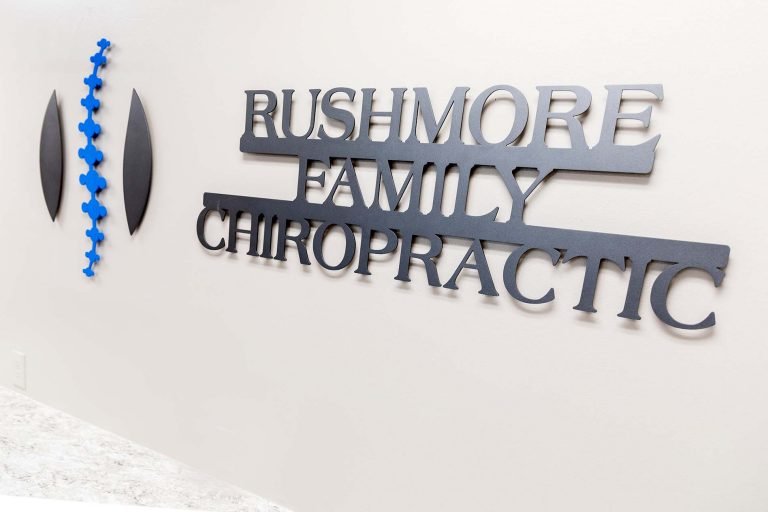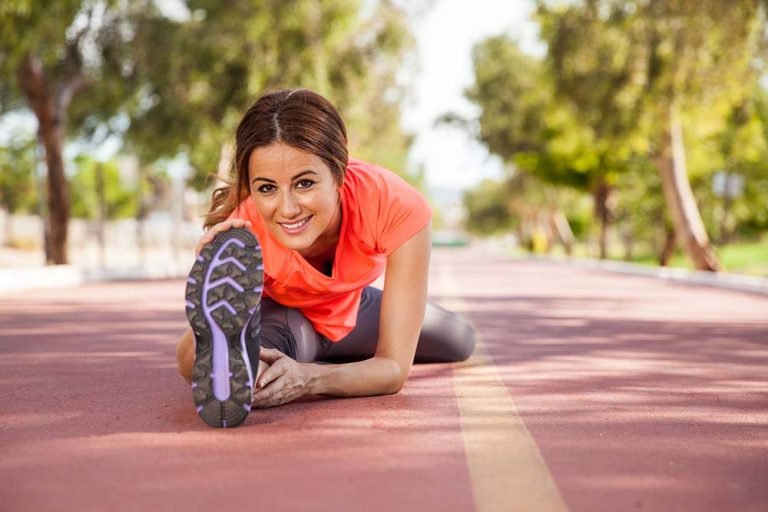Have you seen our recent social media posts about our relocation? It’s exciting to move into a new space, but there is so much work to be done with any big move. In fact, aches and pains from moves are a big complaint with many of our patients.
Luckily, we also know how to avoid many of the accidents and injuries that are associated with moving. So, as we celebrate our own big move, we are here to help you navigate yours, hopefully pain-free!
Our first piece of advice for anyone preparing to move is to coordinate your move in advance. Once you know your new location, then you can determine what size van or truck you’ll need. This will depend upon how much furniture and other items you will need to move. Always use quality boxes and other packing accessories – you’re more likely to experience an injury if your items aren’t packed and stored properly.
Our second piece of advice is to enlist help. Don’t try to do it all on your own! Hire movers or pay friends with pizza to help move your stuff from the old place to the new one. And please use any tools that will help you move safely and easily including a dolly or handcart, and a back brace if needed.
Third, follow these simple steps when it comes to lifting boxes and other items:
- Don’t lift a box that’s too heavy without assistance
- Stand properly, with feet shoulder-width apart, and then squat
- Keep your back straight, hold the box firmly with both hands, and lift slowly (bending only at the hips and knees)
- Hold the box close to your body, between your chest and belly button
- Move your feet to change directions, and move your whole body as a unit
- Avoid twisting or repetitive motions
- When setting the box down, again squat with your knees and hips and keep your back straight
- Slowly stand up
As your muscles or joints get overused, they may become stiff or inflamed. So even when you follow these recommendations, you may still experience pain or discomfort. That pain might be in your neck, your back, your hips, even your legs. You may be sore for a couple days, or longer – and you may find that other activities (work, play, sleep) bring discomfort following a long day of moving.
Don’t ignore the pain! If you experience pain during the moving process, stop and take a break. If your pain begins after your move is completed, use a combination of heat/cold on the affected areas and take an over-the-counter pain reliever.
If this doesn’t bring relief, there’s a good chance you need a chiropractor.
We will provide an examination to determine the treatment options that can alleviate your pain. That may include hydrotherapy, massage and any recommended supplements, along with your chiropractic adjustment. In fact, you should just book an adjustment days after your next big move!









